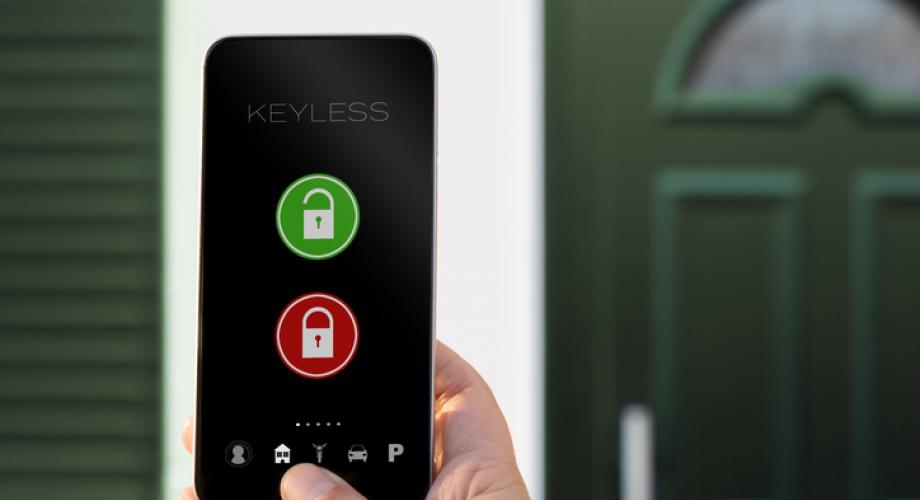While some of the newfound proptech might only be useful in certain circumstances, the industry now has abundantly more options for nearly every facet of property management.
Whether an organization could be described as tech-savvy or tech-averse, it didn’t matter when the pandemic arrived. There was simply no choice but to onboard new proptech in a suddenly touchless environment.
Two years later, some of that tech has fallen by the wayside, to be remembered as nothing more than pandemic-only solutions. But other solutions not only have stood the test of time—but they could also help set the multifamily blueprint for the next several years, according to panelists at the Apartmentalize 2022 session, “Proptech for a Touchless Today and Tomorrow: COVID’s Lasting Influence.”
“When things shut down, we heavily relied on our mobile maintenance platform,” said Robbie Parker, Director of Facilities for BH Management. “We used it to keep our service teams safe by prompting CDC-guided questions to residents to make sure it was safe to enter a particular apartment. We also included education for residents in our platform about what we considered to be an emergency. It started as true-emergency services only then eventually worked back to regular service requests.”
Granted, concepts such as automation, AI and various types of agent-less tours were already gaining traction prior to the pandemic. But the desired gradual rollout of these options accelerated in a hurry when everything locked down.
“Online payments is a solid example of that,” said Jennifer Staciokas, Executive Managing Director of Property Management for Western Wealth Communities. “Everyone has been pushing that paperless office for quite some time. COVID really allowed us to push that 100%. If in fact someone didn’t want to pay online, we charged a paper fee of $8.95. When you actually require online payments and charge a fee otherwise, we found that a large percentage of renters will pay online.”
Staciokas called it a “great consequence of COVID” that owner/operators’ pursuit to modernize rental payments—and the leasing process in general—accelerated. That included the adoption of financial (fintech) resources, such as flexible payment solutions and alternatives to traditional security deposits. Advancement in the various tour types (self-guided, virtual, remote, video, etc.) and advanced communication tools helped both on the property and marketing side.
The industry also implemented several new concepts for the centralization of labor, utilizing models in which associates can oversee more than just one property in a region, innovative ways to conquer burnout from on-call maintenance associates, and by offering the ability to work remotely, when applicable.
“At our organization, we were still an active and an aggressive buyer throughout COVID, and that came with a lot of challenges, as well,” Staciokas said. “Our parent company is based in Canada, so they were unable to travel to the United States. We had to get creative and have our U.S. teams perform the due diligence and hope that the files were electronic. Then we had to do the unit walks in a couple of different ways. We were able to work with a technology partner in some cases and have them do the unit walk, and we’d pass along that to the residents in hopes it would be as accurate as it possible.”
While some of the newfound proptech might only be useful in certain circumstances, the industry now has abundantly more options for nearly every facet of property management. Call it the silver lining of the pandemic.
Paul Willis is a Content Manager for LinnellTaylor Marketing.
